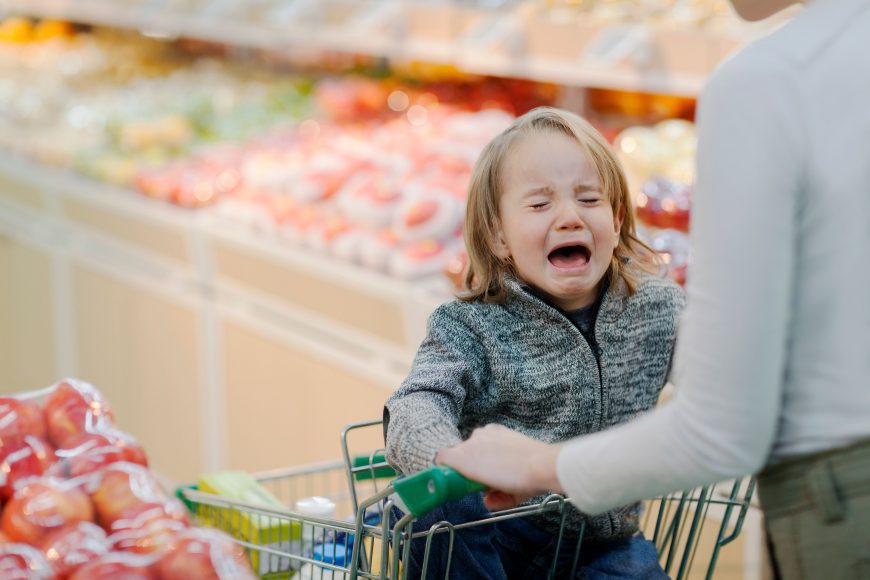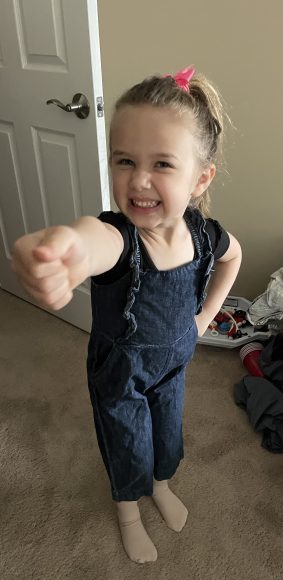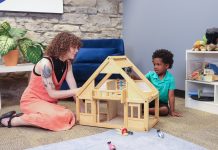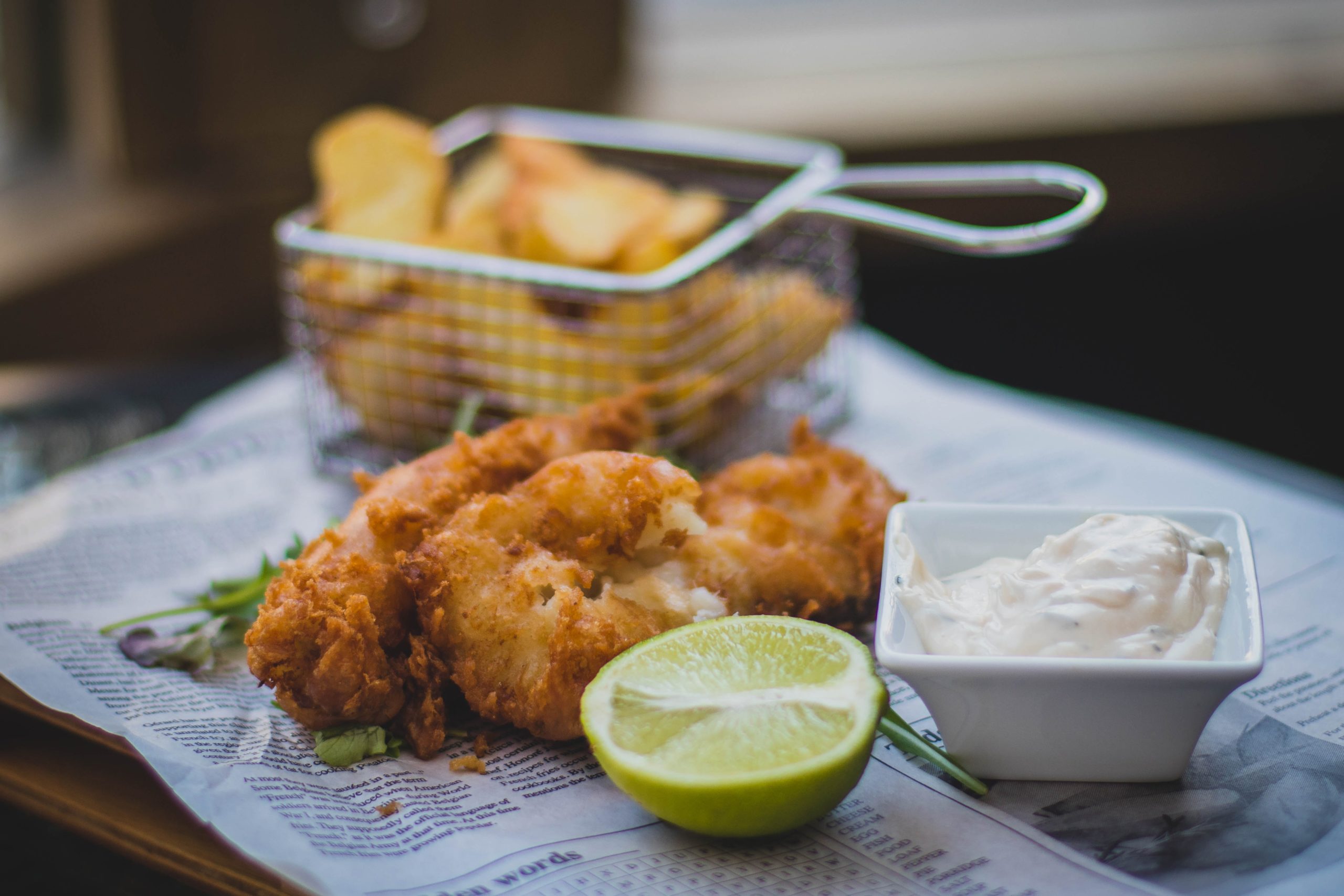How can co-regulation help you and your child?
Little Billy has started fussing at the grocery store. It is white noise because when does a child not fuss at the grocery store? He wants cereal. Now he wants chips. He wants juice. Candy! Ice creeeaaam! No, no, no, no, no! Now Billy is yelling. He’s on the floor. He tries to hit you. He tells you that you are a bad mom. He says he is not going anywhere until he gets the ice cream. Shouting. Screaming.
Embarrassment.
Anything to get out of the store. Anything to get him to stop! Bribe him. Tell him he will lose all of his toys when you get home. Pick him up and drag him out.
Embarrassment.

There are so many pieces in the puzzle of meltdowns. Have they eaten recently? Are they tired? What happened earlier that day? Is the room too loud/busy/smelly?
Have You eaten recently? Are You tired? Has Your day been stressful? Have You heard “mom” so many times today that one more time might make you spin out of control?
Another piece is co-regulation.
That’s right. I did not say regulation because I am not talking about the child. I’m talking about the grown-up!
Simply put, co-regulation is when the caregiver uses their own response to provide support and a calm, safe presence for the child. Consider when your baby is crying; you don’t yell at him and insist he stop (ok, at least not on your best day!). Instead, caregivers pick the baby up, shush the baby, and calmly remind the baby that he is safe. Children continue to need that throughout development, even when they are out of the crib and into big kid underpants.
Additionally, co-regulation is when the nervous system of one partner helps to regulate the nervous system of the other partner. A child that is having a meltdown cannot regulate themselves while their parent, their external coping, is also having a meltdown of sorts. The environment is tense enough, but our brains are biologically wired to respond to what the other person is doing and feeling. It is only when the caregiver can start to calm that the child can follow suit. Even as they develop, they need our coaching and guidance.
That is a lot of pressure and requires us to care for ourselves as parents. But that’s an entirely different post. Sometimes that is asking the impossible, I know.
But often, just the awareness of how we contribute to the situation can be enough of a reminder to take a deep breath. It might be walking into the other room and letting your child fuss while you give yourself a second. It might be enough to stick your head in the freezer and smell that ice cream Billy is begging for until you are ready to bend down and give him a hug, offering the fruit popsicles instead.
Co-regulation is not about giving in but being mindful of our own states and emotions. It is finding ways to calm ourselves enough to help the child calm too.
Once calm, using our state of emotional control can help our children relax so much faster. It might give us the space to pat their backs or say calming words. It might be providing reassurance that we love them or that you are there to help. It might be sitting as a calming presence while they stomp around the room. It might be helping Billy identify that the feeling he is feeling is MAD and that he feels like he NEEDS that ice cream. He is so FRUSTRATED that mom keeps saying no! You’ve felt that frustration before. We can work together to find something we can both agree on. You are a team. And managing those meltdowns requires working as a team.

Even more, co-regulation is a necessary step for consequences to work. Shouting at Billy that he will lose his toys is not going to be effective while he is in such an emotional state. Co-regulating does not negate a consequence, but actually helps children to understand them better. If, after regulating, you still feel a consequence is needed, talking about it calmly provides the space for the child to understand why the consequence is being given.










